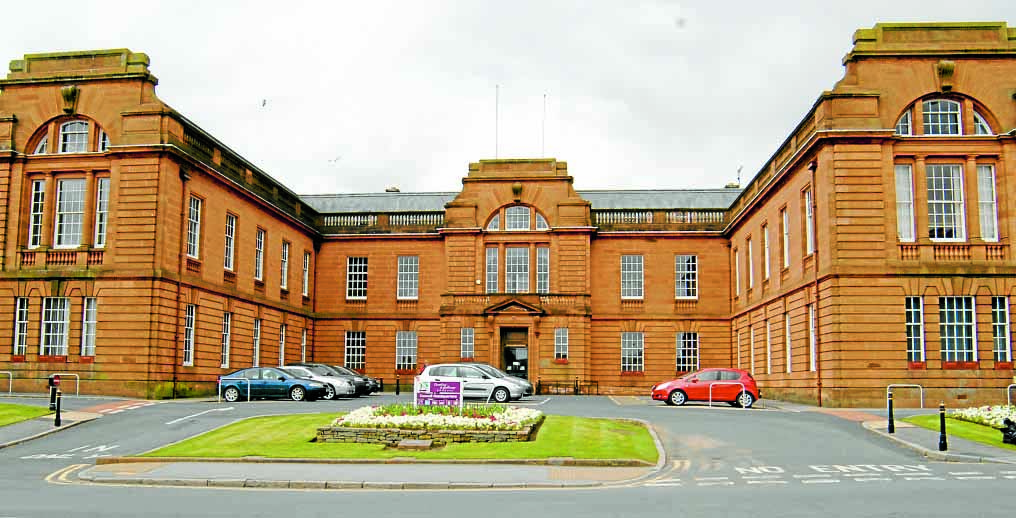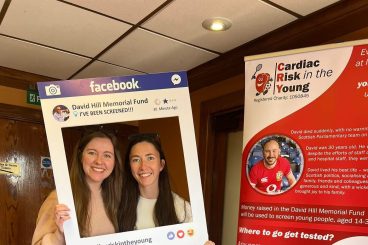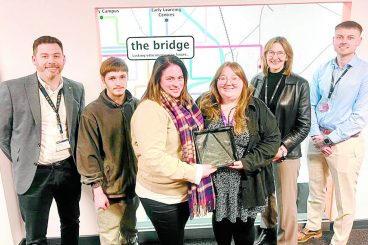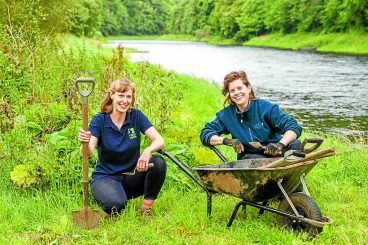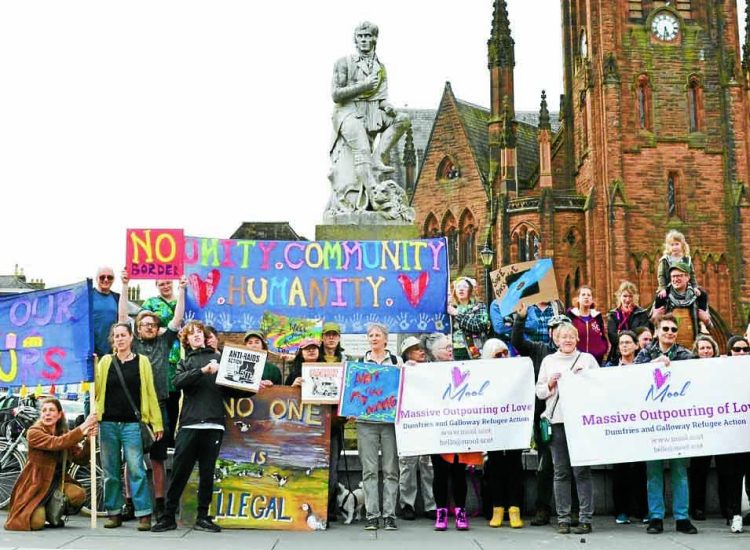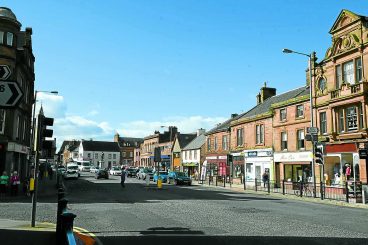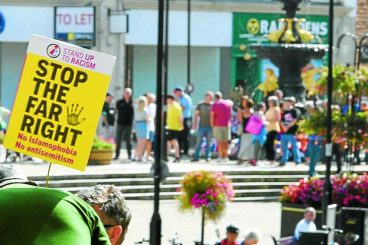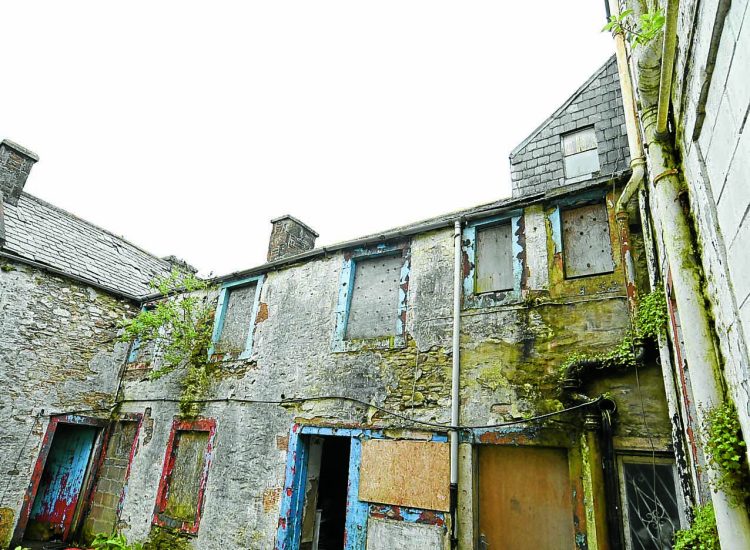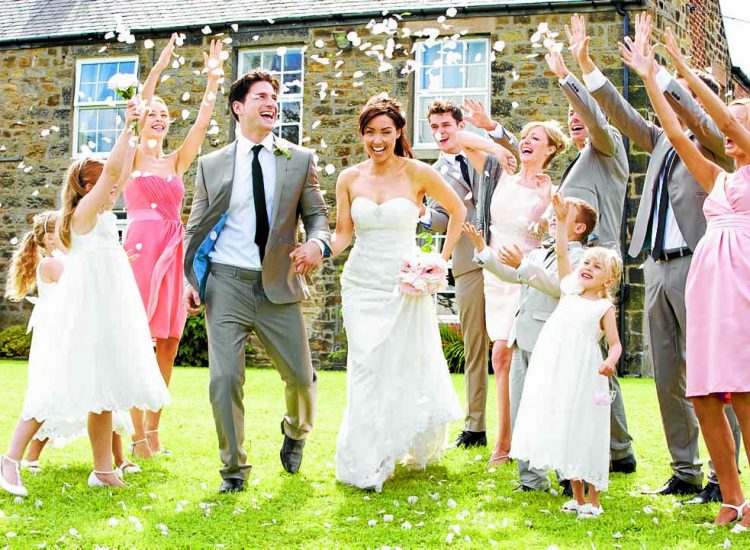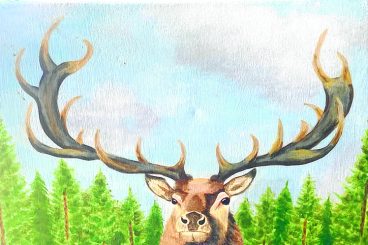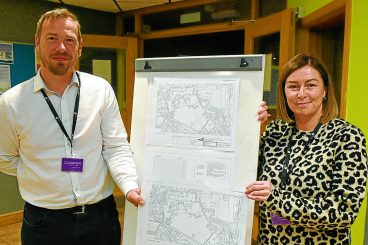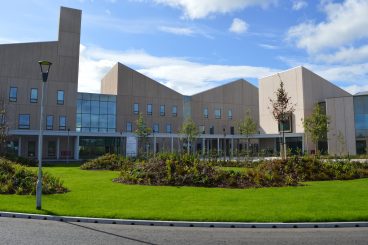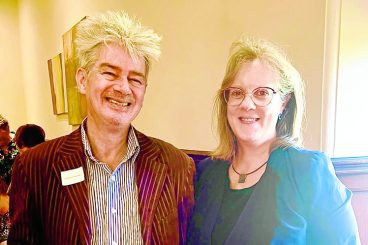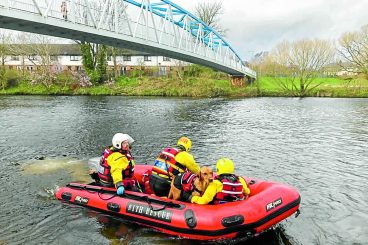There were 968 residents who could speak the native Scots language at the last Census count in 2011.
This figure equated to 0.7 percent of the population, while the rate for Scotland was 1.7 percent as around 87,000 across the country could speak Gaelic.
Councils are required to develop a Gaelic language plan to help ensure that it is passed onto the next generation.
Dumfries and Galloway’s draft plan was recently approved by councillors and will be developed over the coming years.
The document explains the history of Gaelic in the region, stating: “It is thought that Gaelic came to Dumfries and Galloway between the 5th and 9th century when Scots who spoke Gaelic moved across the Irish sea.
“It was they who named most of the landscape features, especially in the west of this area – Rhins and Machars, but also the Glenkens.
“These names remain a distinctive feature of our area, even though their spelling has often been altered to suit Scots and English speakers, who no longer understand the meaning of place names that surround them.”
The report continues: “Evidence of the Gaelic in the region comprises places names evidence from everywhere west of the River Annan and a disputed song said to have been written in this area and which mentions Dalry, Carsphairn and Lochinvar.
“The name Galloway refers to the area’s mixed population of Gaelic-speaking and Norse peoples. Gaelic may have survived as a spoken language in Dumfries and Galloway into the 17th century but was gradually superseded by Scots, particularly in the east of the region.
“We can see from the survival of many more Gaelic place-names that most of these were coined in more recent centuries.
“There are a great many Gaelic topographical elements in the West of the council area especially baile (Balmaghie, Balmaclellan) and achadh (Auchencairn, Auchenmalg).”
The council supports the aim of the National Gaelic Language Plan 2018-23 that “Gaelic is used more often, by more people and in a wider range of situations.”
To try and achieve this, the council will be encouraging the use of Gaelic within the organisation and will be increasing opportunities for staff to learn Gaelic as part of council day-to-day operations.





